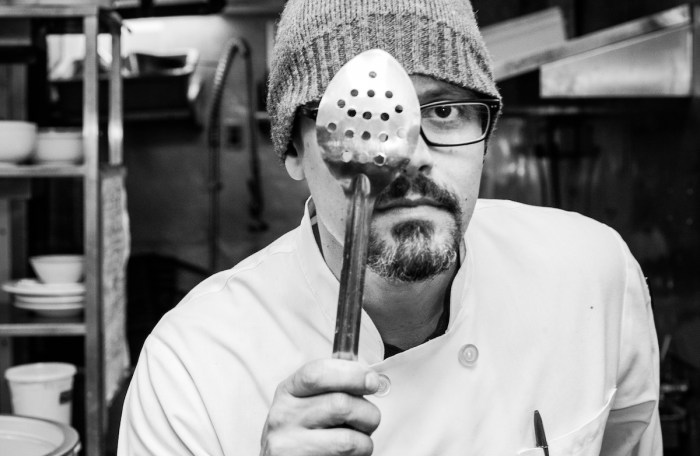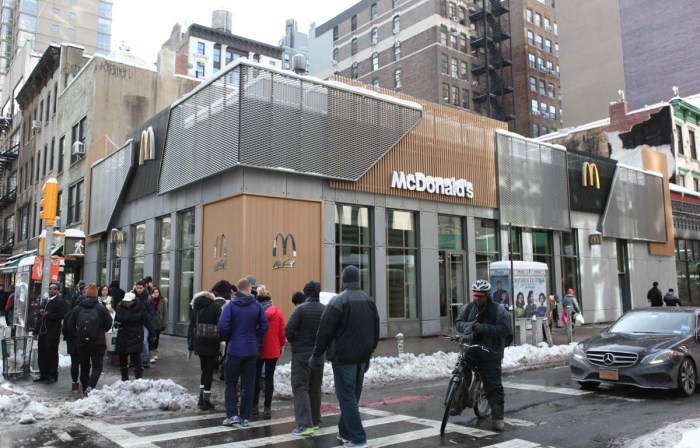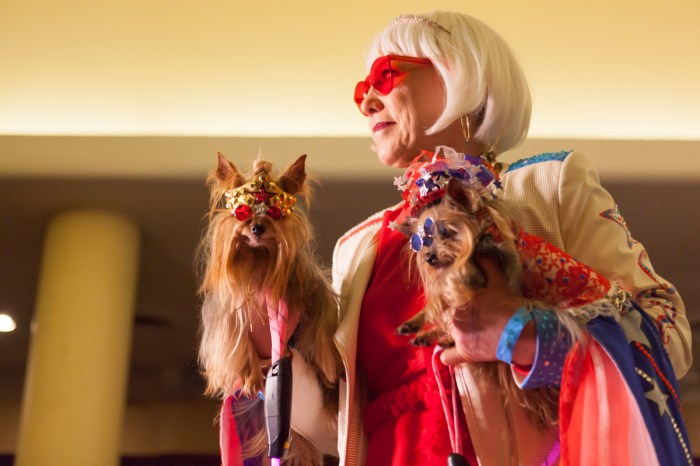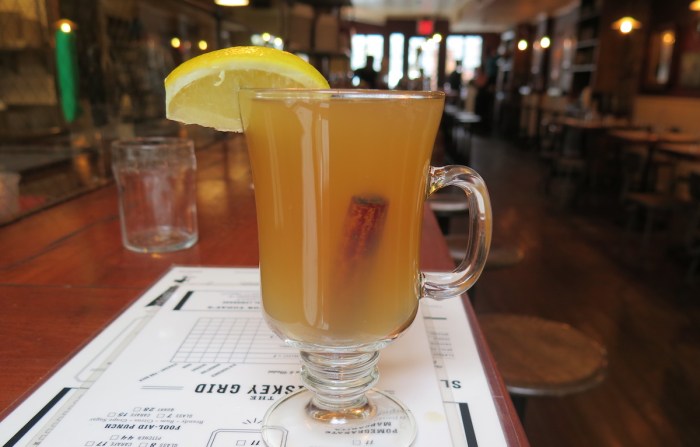Think you know China? Think again at the Metropolitan Museum of Art’s Age of Empires, which brings more than 160 artifacts exclusively from the country’s museums and cultural institutions, much of them never before seen outside of its borders.
“Age of Empires is the largest and most important display of Chinese art in the United States this year,” says the Met’s director, Thomas Campbell. “It’s a window looking back 2,000 years into the founding of the Chinese territory.”
Securing the artifacts from 32 organizations across 13 provinces took seven years, and the result is a lush, expansive and often surprising overview of the 400-year period of the Qin and Han dynasties, when modern China began to emerge.
Instruments of war
Age of Empires begins in 221 B.C., when Emperor Qin Shi Huang conquered and united the many warring provinces of China in just nine years. It’s his grand tomb that Xian’s famous terracotta army was created to guard, with five original warriors on display at the Met. (Excavation is ongoing, decades after the first terracotta soldier was discovered during the digging of a well in 1974.)
RELATED: Macy’s Flower Show 2017 brings Coney Island to Herald Square
Then came the more tedious but necessary aspects of unifying the country, introducing standardized measurements and money. Though it lasted only 15 years, the Qin Dynasty created the necessary stability to pave the way for the flourishing of art and philosophy that took place under the Han Dynasty, according to Jason Sun, curator of Chinese art at the Met.
A time for art
The rest of the exhibit, which continues through A.D. 220, contains the spoils of a peaceful and prosperous time in China: carved tiles depicting court scenes; more tomb relics of entertainers who would also accompany the emperor in the afterlife; gleaming vases and delicately carved cooking vessels; exotic animals like rhinos and elephants imported to roam gardens.
Cultural exchange
For all that building a Great Wall seems to say about China, what’s revealed in Age of Empires is just how much contact it had with the rest of the world. “We think of globalization as a modern phenomenon, but if you look closely it’s been there for hundreds, thousands of years,” says Sun.
The nomadic people of Northern China brought back relics from Africa and Europe, whose influences are evident in a turquoise gemstone necklace that looks right out of ancient Egypt, a partial statue of a Strongman in the style of Alexander the Great’s Hellenistic era, and a bronze statue wearing a Roman-style headdress.
“This cultural exchange,” says Sun, “and the ability of Chinese artisans to learn digest and come out with their own version is what makes Chinese art alive and dynamic.”
“Age of Empires” runs from April 3-July 16 at The Met, 1000 Fifth Ave.



















